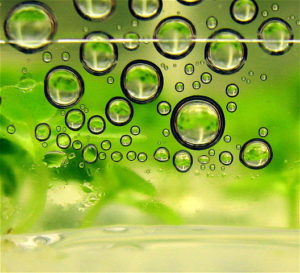
In order to comply with legislation enacted ten years ago, the US Environmental Protection Agency ordered a small increase in the amount of renewable fuels blended into gasoline. Neither oil producers nor biofuel producers are happy with the percentages.
This year’s gasoline supply will have to have 16.93 billion gallons of corn-based ethanol and other renewable fuels mixed into it; while the 2016 supply will have to include 18.11 billion gallons of renewable fuel. Too much for big oil, but not enough for ethanol farmers.
The numbers are a compromise; they are above the levels proposed by the EPA in May, but are substantially lower than the amounts mandated by law, which refiners have said are “unrealistic.”
“With today’s final rule, and as Congress intended, EPA is establishing volumes that go beyond historic levels and grow the amount of biofuel in the market over time,” announced Janet McCabe, the acting assistant administrator for EPA’s Office of Air and Radiation. She added that the final rule will “provide for ambitious, achievable growth.”
In 2005 Congress initiated a program to slowly but steadily increase the percentage of biofuels to be blended into the US gasoline supply. The law was enacted with two goals in mind: to help free the US from its dependence on foreign sources of oil for gasoline, and to also reduce the carbon footprint of gasoline emissions. The fight over amounts of biofuels to be mixed in has pitted oil companies against farmers in the mid-west, where corn is grown to be the source for ethanol, and important biofuel.